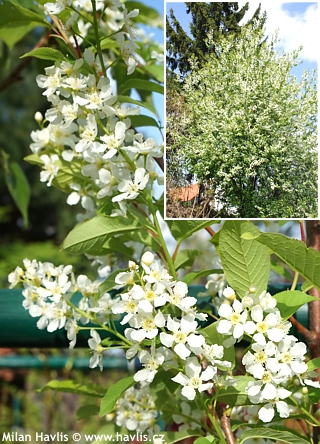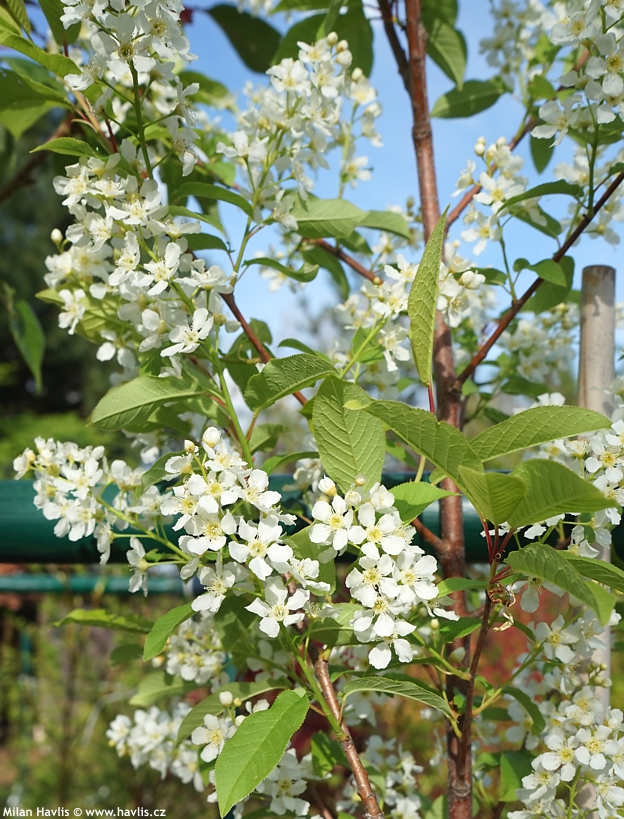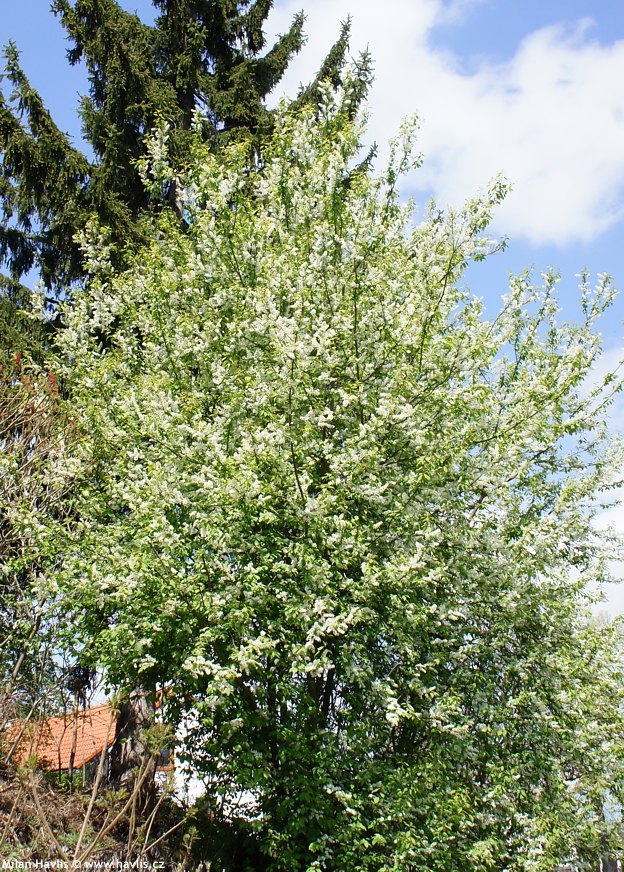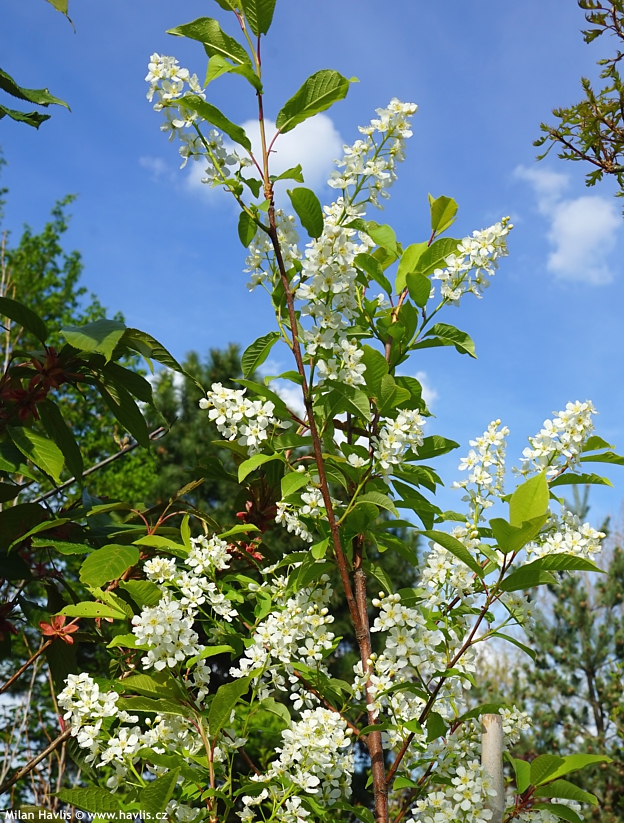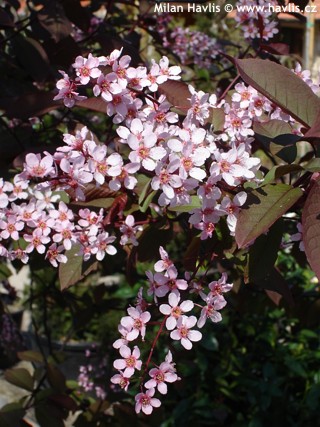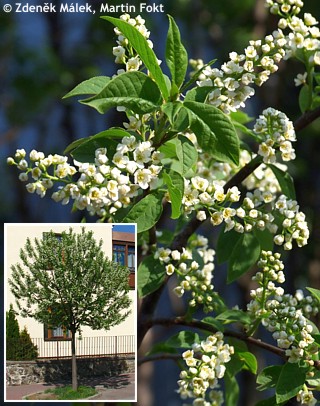Prunus padus 'TIEFURT' European bird cherry


Prunus
European bird cherry is our native plant which grows wildly in all almost all parts of our continent except for its hottest southern regions. They are melliferous and produce abundance of small berries offering a nice autumn feast for birds. In the nursery trade a few varieties have become quite popular, they have vary by size, canopy shapes, and even the colour of flowers and leaves.
Tiefurt is a European bird cherry variety named by a small stately home Schloss Tiefurt in Weimar in Germany. In late April appear slender racemes composed of tiny, white, very scented flowers. They are almost identical to those of prunus laurocerasus (cherry laurel) and compared to the species they are more upright rather than arching or even pendent. Leaves are mid green, oval to elliptic, deciduous, and turn golden orange and scarlet red for a short period of time in autumn. This variety is more compact and a little smaller that the species, forming a narrowly oval, upright, densely branched canopy.
Bird cherry is ideal for places where more demanding trees find the soil too difficult to cope with. It can take almost any soil type, from sandy and dry in summer to clay and heavy ground. If you make sure the plant does not stand in water for the first few months after transplanting you can be sure it will establish happily in its new home. However, on too dry locations it will bot thrive and tend to be short-lived. It can spread by suckers and its roots may heave weaker foundations if placed too close. Perfectly hardy to at least -40 °C (USDA zone 3).
Last update 20-02-2022

































